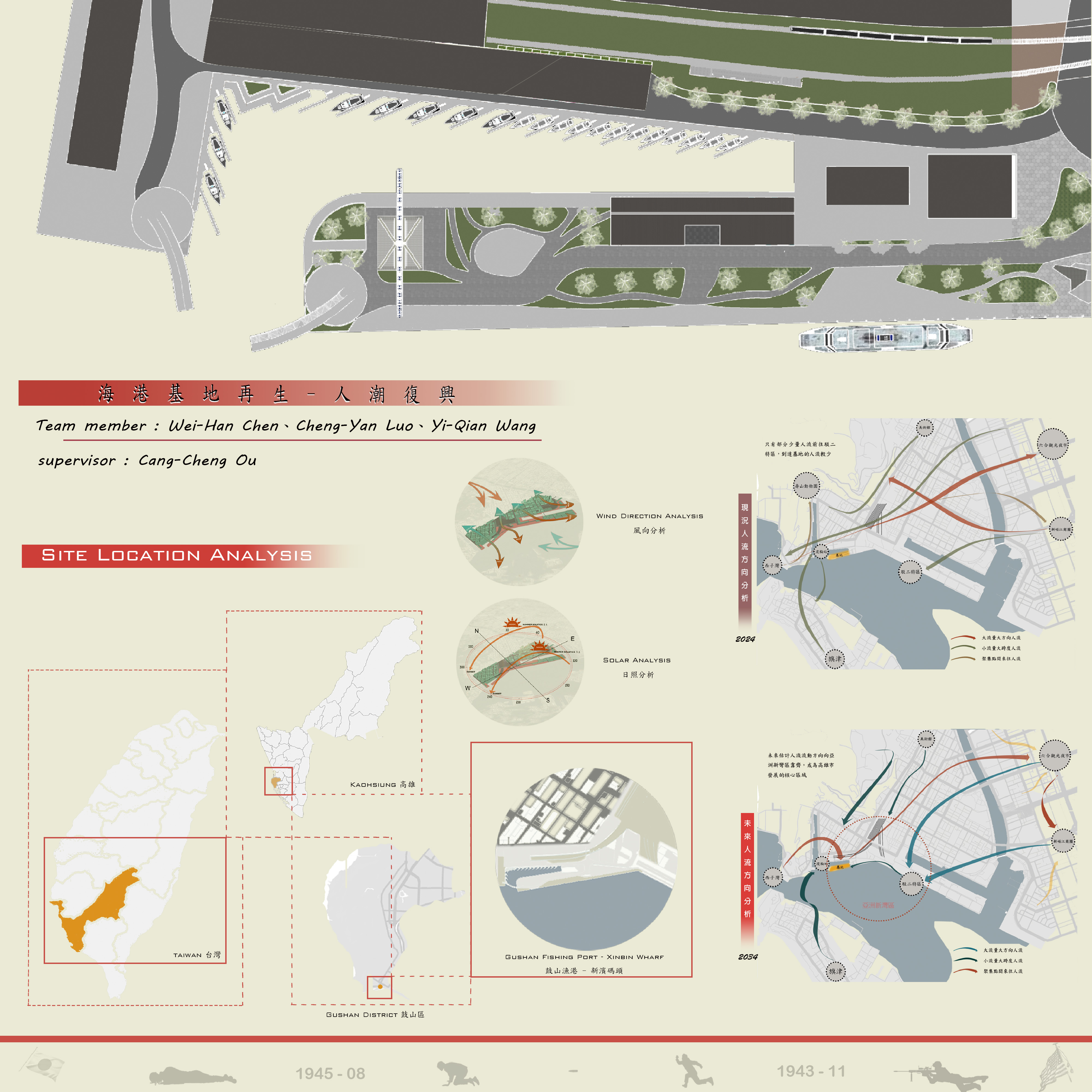
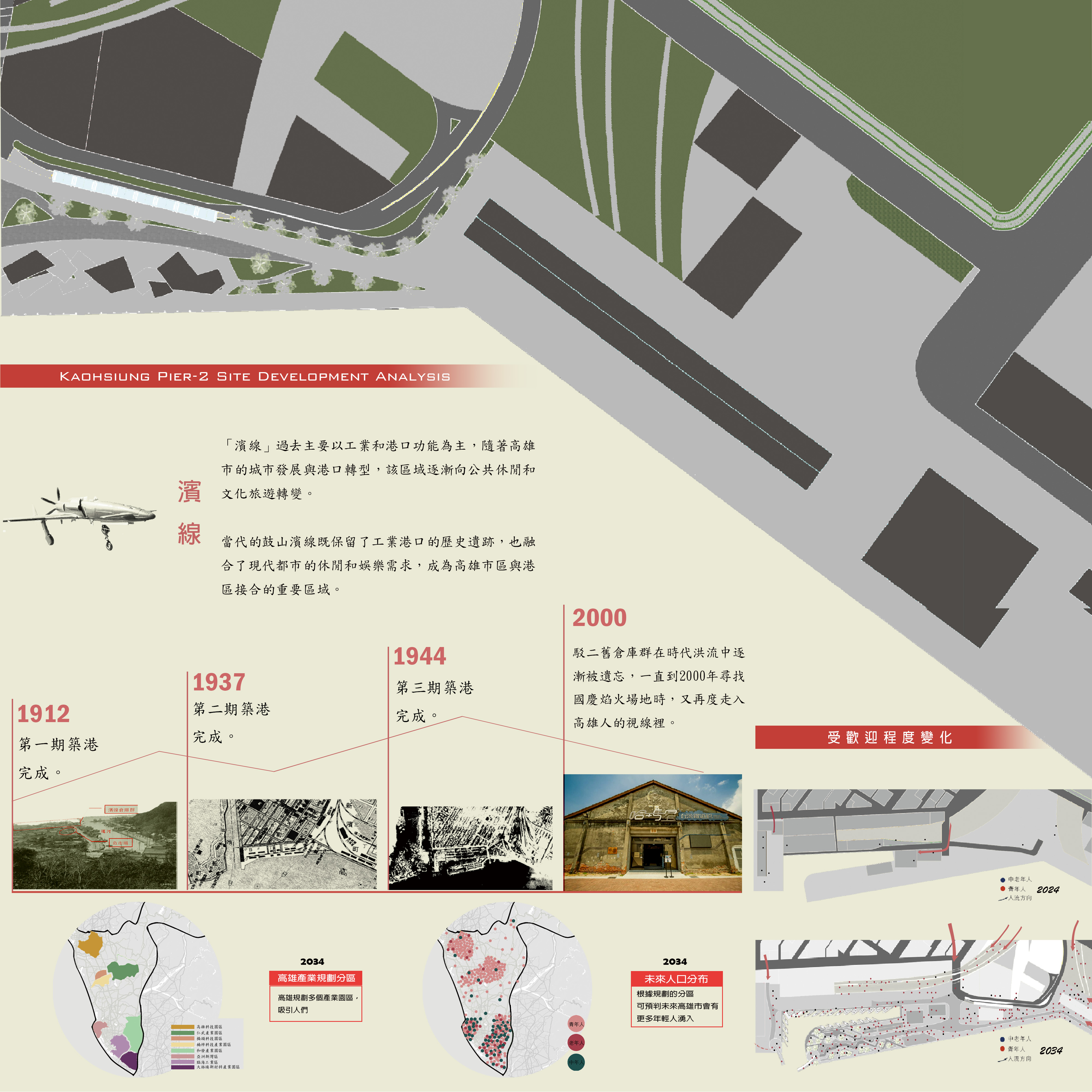
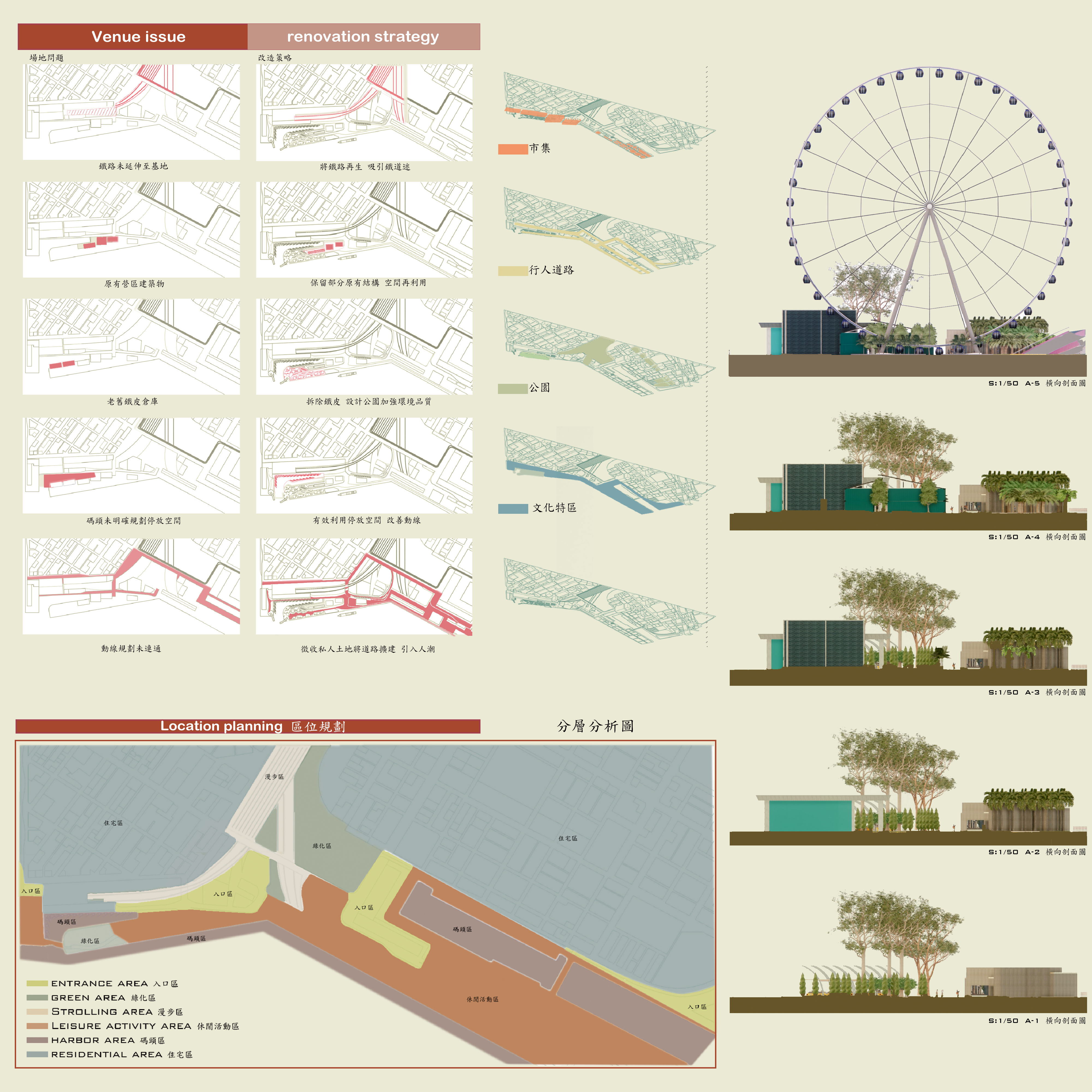
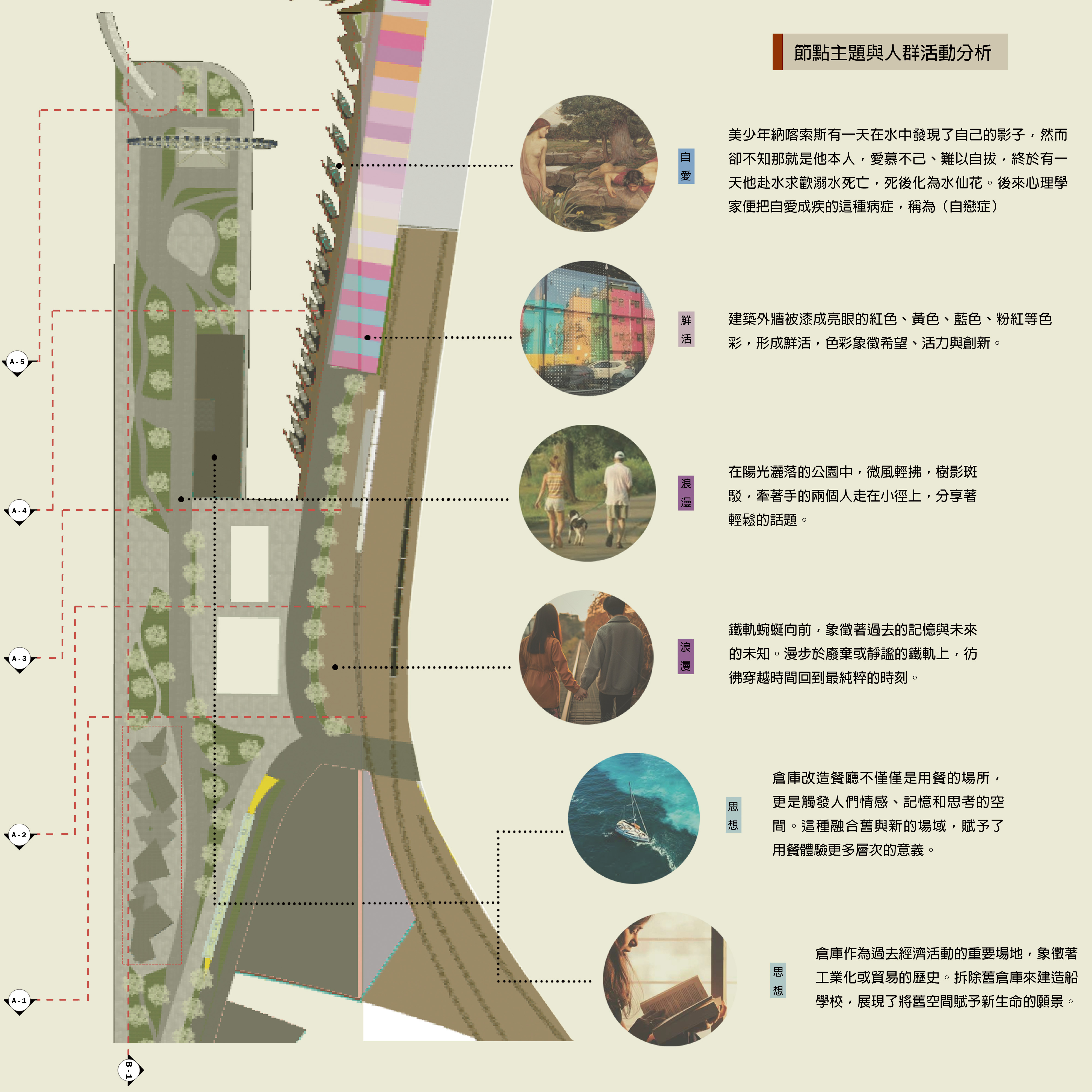
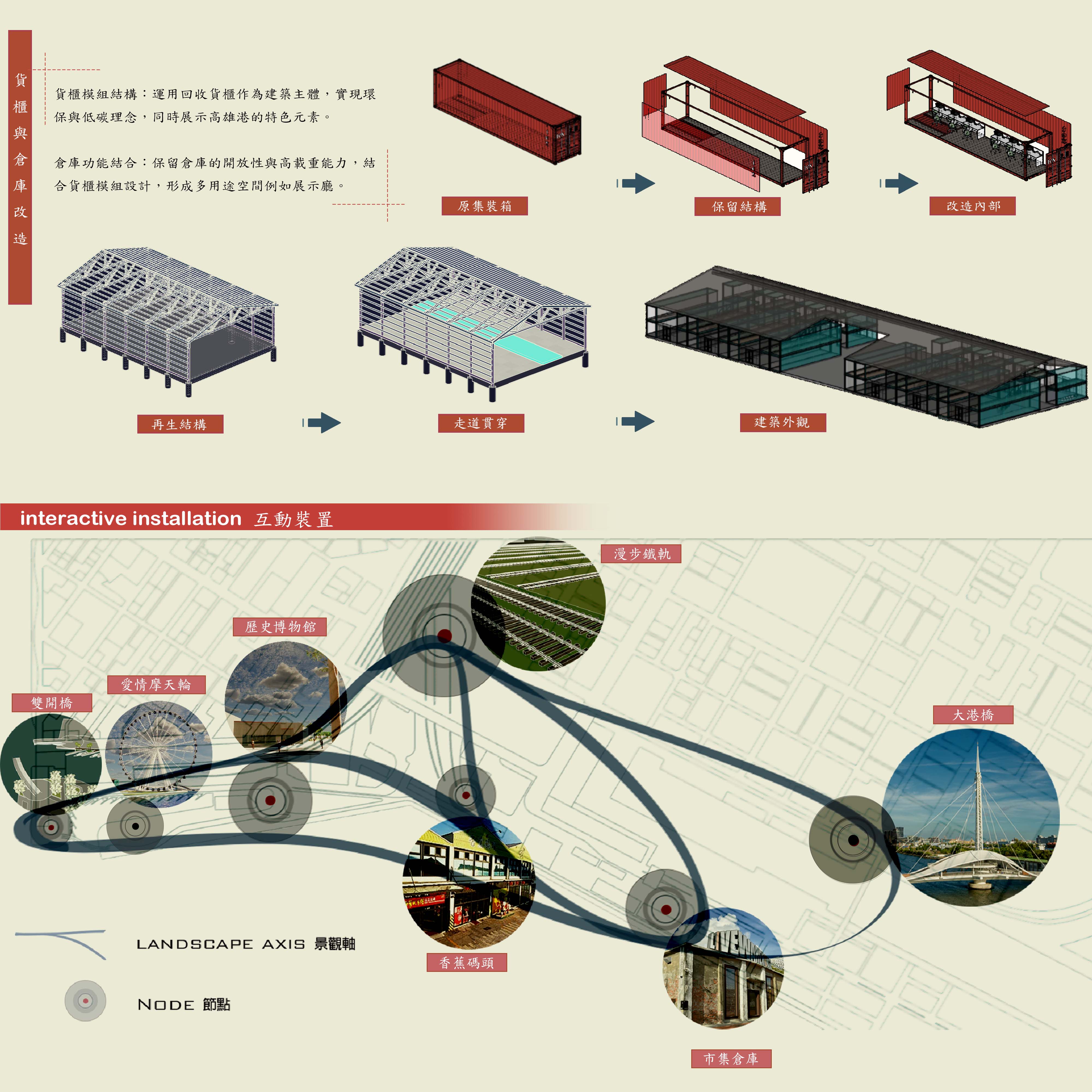
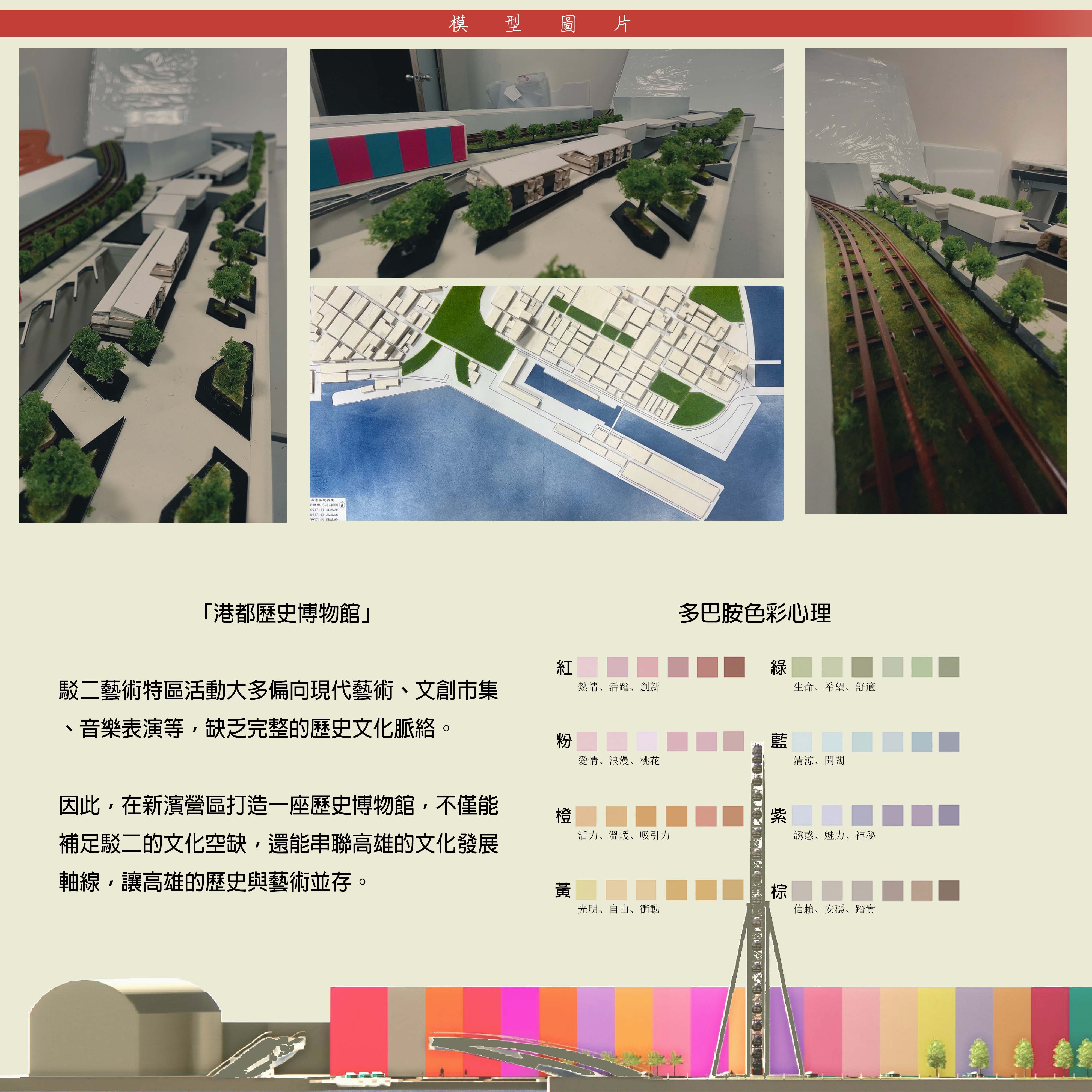
本設計透過空間再生與環境友善政策,重新規劃予海港基地新的生命與功能。
首先,生態共融方面,設計融入綠色基礎設施,如洪池、生態步行與人工流,以減少都市交通並促進生物多樣性。
其後,為了進一步弘揚海港文化,政府對海港遺產進行了保護和重建,並於1997年將海港遺產保留下來,用於文物保護、文物保護、文物保護、文物保護等工作,同時,還積極組織文物保護單位、文物保護單位、文物保護單位等開展文物保護工作,使文物保護單位能夠更好地保護海港遺產,促進港口社會和諧發展。
最後,社會互動層面,設計納入開放式廣場、市政與功能展覽空間,提供居民與遊客交流的場所域。
整體而言,本設計不適用於當前環境挑戰,也為海港基地新價值,現實持續發展與城市再生目標
First, in terms of ecological integration, the design incorporates green infrastructure such as retention ponds, ecological walkways, and artificial streams to reduce urban traffic and promote biodiversity.
Furthermore, to enhance the heritage of the harbor, the government has undertaken the preservation and reconstruction of historical port sites. In 1997, harbor heritage was preserved for cultural conservation purposes. Additionally, efforts were made to actively engage heritage preservation organizations in protecting these historical sites, ensuring better conservation of harbor heritage and fostering social harmony in the port area.